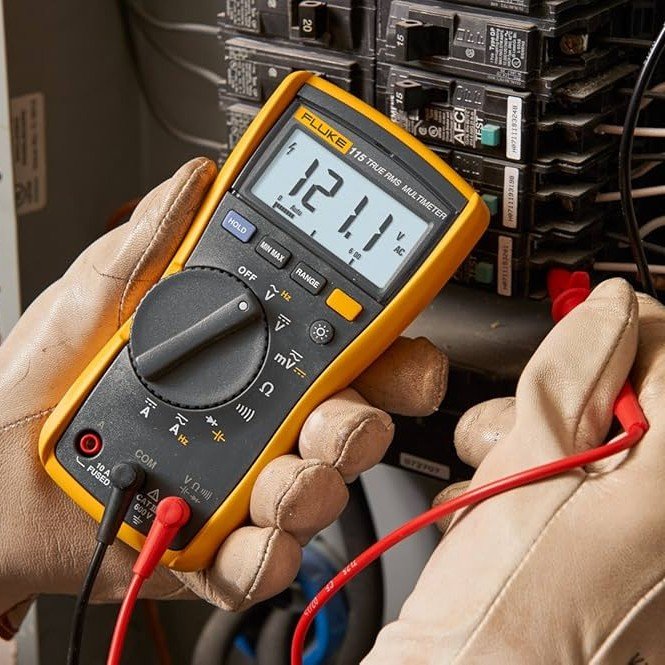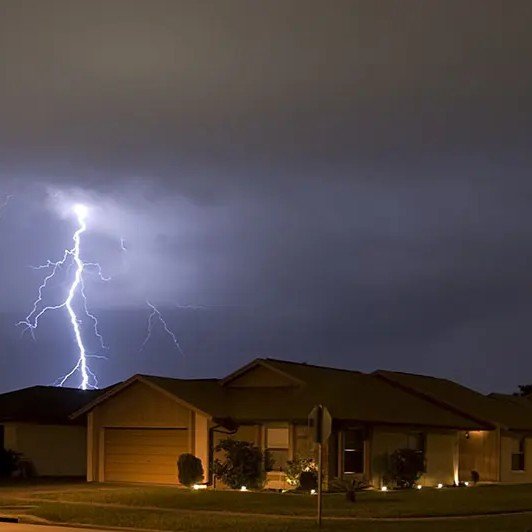
How to Test an Outlet with a Multimeter in Metairie
How to Test an Outlet with a Multimeter in Metairie
If you’ve ever plugged something into an outlet and… nothing happened, you’re not alone. Knowing how to test it can save time, money, and a call to your electrician.
Here in Metairie, where old wiring meets modern living, electrical troubleshooting is a common challenge. Luckily, a multimeter and a little local know-how can go a long way.
Why Outlet Testing Matters in Metairie Homes
Electrical issues can hide in plain sight—especially in neighborhoods with a mix of 1950s ranches and newer Lakefront builds. Outlets may seem fine until you realize your phone’s not charging, your air fryer is dead, or your holiday lights just won’t turn on.
Common signs you may need to test an outlet include:
Flickering appliances
Devices not powering up
Outlet feeling warm or scorched
Buzzing sounds
In Metairie homes, we often see GFCI trips, aluminum wiring, or outdated receptacles causing problems.
What You’ll Need: The Multimeter Magic Wand
A multimeter is your DIY electrical detective tool. It measures voltage, current, and resistance—and when used right, can quickly reveal if an outlet is live, dead, or dangerous.
If you’re in Metairie, you can pick one up at local hardware spots like Jefferson Feed or even Lakeside Lowe’s. Choose a digital multimeter for easy-to-read results.
Step-by-Step: Testing Your Outlet Like a Pro
Let’s walk through how to test an outlet safely:
Step 1: Set the Scene (and the Tool)
Plug in a lamp or phone charger to confirm the outlet issue.
Set your multimeter to AC Voltage (VAC). You’re looking for a setting around 200V.
Step 2: Insert the Probes
Place the black (negative) probe into the neutral slot (the longer vertical one).
Place the red (positive) probe into the hot slot (the shorter vertical one).
You should see a reading between 110 and 130 volts—that’s healthy for Metairie’s residential circuits.
Step 3: Check Ground
Move the black probe to the ground hole (the round one).
Keep the red probe in the hot slot. You should get the same voltage reading.
No reading? You may have a bad ground—a common issue in older Metairie homes near Airline Drive or around Cleary Avenue.
Step 4: Confirm Neutral Connection
Now, test between neutral (black) and ground. You should see close to 0 volts. A higher number here could indicate reversed wiring or a disconnected neutral.
When to Call in the Experts (Like Us!)
Testing an outlet can point you in the right direction—but it can’t fix faulty wiring, hidden arc faults, or overloaded circuits. If you’re getting weird readings, smelling something fishy (literally), or the multimeter flashes like a Christmas tree—don’t push your luck.
Metairie homeowners should call a licensed local electrician if:
Voltage readings are inconsistent
Outlets spark or smell burnt
Circuit breakers frequently trip
You’re not sure what you’re looking at
We’ve seen it all—from water damage in Lake Villa duplexes to backstabbed outlets in Old Metairie cottages. You don’t need to figure it out alone.
Local Electrical Safety Tip
Pro tip from the Sheep Electrical team: outlets in kitchens, bathrooms, and outdoors around Metairie should be GFCI-protected. If they’re not—or they’re not resetting properly—it’s time for an upgrade.
GFCI outlets help prevent electric shock, especially in high-moisture areas. And yes, they’re code-required in Jefferson Parish.
Power Peace of Mind in Metairie
Your multimeter is a great first step—but for lasting peace of mind, it pays to bring in someone who speaks fluent voltage. Whether you’re near Lafreniere Park, along Clearview, or tucked behind Lakeside Mall, a safe, reliable outlet should be non-negotiable.
Call Sheep Electrical — We’ll Handle the Sparks
If your outlet’s on the fritz or you’re unsure what your multimeter is trying to tell you, don’t stress. At Sheep Electrical, we bring friendly service, expert troubleshooting, and full peace of mind to every Metairie home.
Let’s keep your home powered, protected, and problem-free—one outlet at a time.





